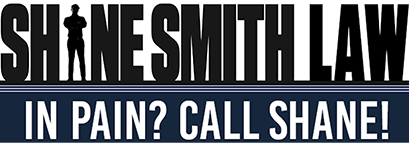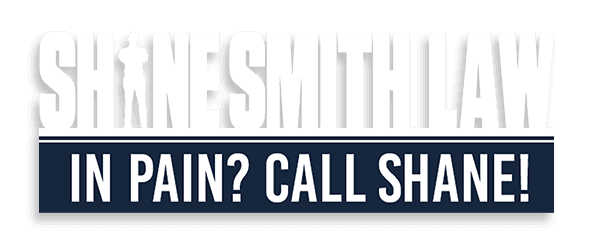Most of us cannot imagine striding into an office somewhere and assuming that we’re savvy enough to help negotiate the merger between two major corporations. Yet every day, hundreds of corporate officers and board members believe they know exactly what it takes to create the perfect merger and they quickly move forward, intent on proving themselves right.
Fortunately, a great many mergers turn out reasonably well and some are even runaway successes. However, it can still take years to turn many mergers and acquisitions into profitable victories.
The following facts shed light on some truly questionable corporate decisions. It makes you wonder how many people truly have any meaningful “say” when deals are being negotiated. What Ever Happened to the Sears/Kmart, Sprint/Nextel and Quaker Oaks/Snapple Pairings?
When Sears merged with Kmart. As the 20th century was winding down, both Sears and Kmart were struggling. By the time 2005 rolled around, both stores were still hurting, especially due to the recession. That’s when hedge fund investor Eddie Lampert stepped in and bought both stores to create Sears Holdings. Although he probably assumed that success was just around the corner, “Sears Holding continued the downward spiral of both companies.” Some critics blamed emphasizing sales of the wrong types of merchandise while other cited poor management. Whatever happened, this merger was clearly not a success and in 2007, “Lampert was named . . . America’s Worst CEO. . .” Years later, in June 2014, an article published by Consumerist.com indicated that a number of the Sears Holding stores are now renting out space inside their stores to other companies, just to make ends meet and stay reasonably profitable;
When Sprint merged with Nextel. America’s corporate communications rivals make just as many merger errors as those in other fields. One sad example happened in 2005, when Sprint and Nextel decided to unite their companies. Sprint had expertise in home service while Nextel’s expertise was in cell phones. Unfortunately, this pairing proved poor at best, with “Nextel executives and managers [leaving] the new company in droves, claiming that the two cultures could not get along.” In addition, the economy was starting to implode – turning all of the telecommunication giants into fierce competitors. Some might even say they began to dislike their own customers because they were starting to know their power and demand more. Over time Sprint/Nextel’s “stocks plummeted, and for all those involved, the merger clearly failed;”
When Quaker Oats thought it was “equally yoked” with Snapple. This corporate pairing still has many people scratching their heads. It makes you wonder if there weren’t a few Snapple fans at Quaker Oats who hoped that uniting with Snapple might permanently satisfy at least one of life’s thirsts. However, this 1994 merger failed to prove even remotely successful. Quaker Oats (QO) paid $1.7 billion for Snapple, thinking it could “make Snapple drinks just as popular” as Gatorade. That clearly never happened. Wall Street later weighed in, indicating that Quaker Oaks “paid $1 billion too much for the [Snapple] drinks.” An article published by The L.A. Times clearly agreed. While there are many theories about why this merger failed, some just think Snapple couldn’t compete as well in grocery stores as it did in much smaller venues. Outside competition also played a role. “After just 27 months, Quaker Oats sold Snapple for $300 million. . . [indicating that it lost] $1.6 million for each day that the company owned Snapple.”
To obtain help with handling all of your Georgia business planning needs, please contact Shane Smith Law today. You can schedule your free initial consultation with a knowledgeable Peachtree City estate planning attorney by calling: (980) 246-2656.

